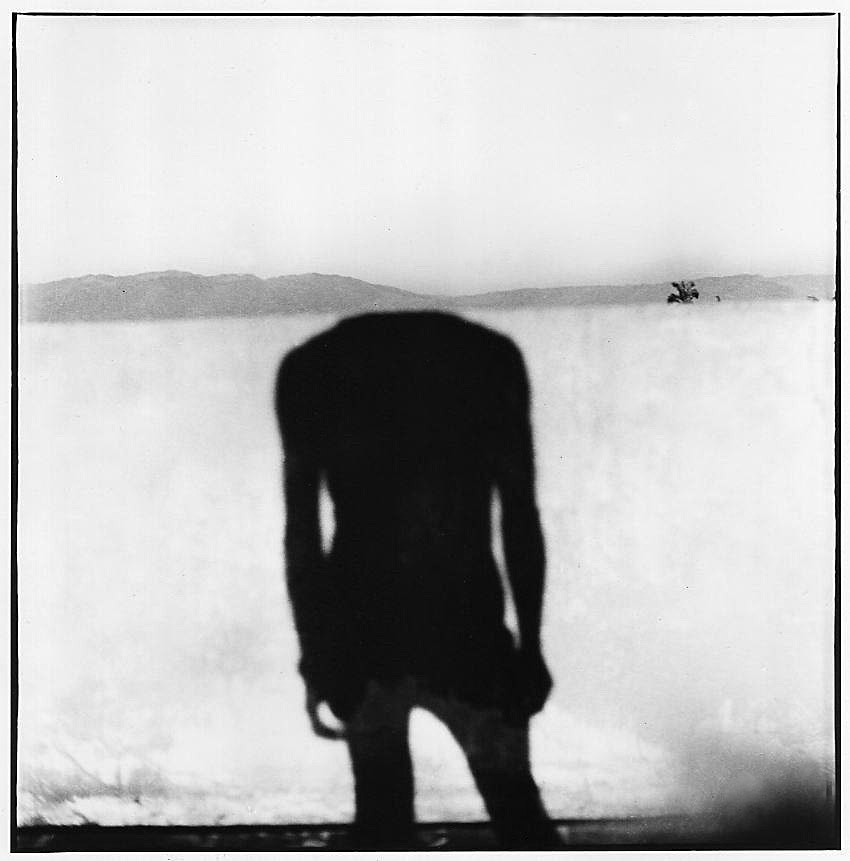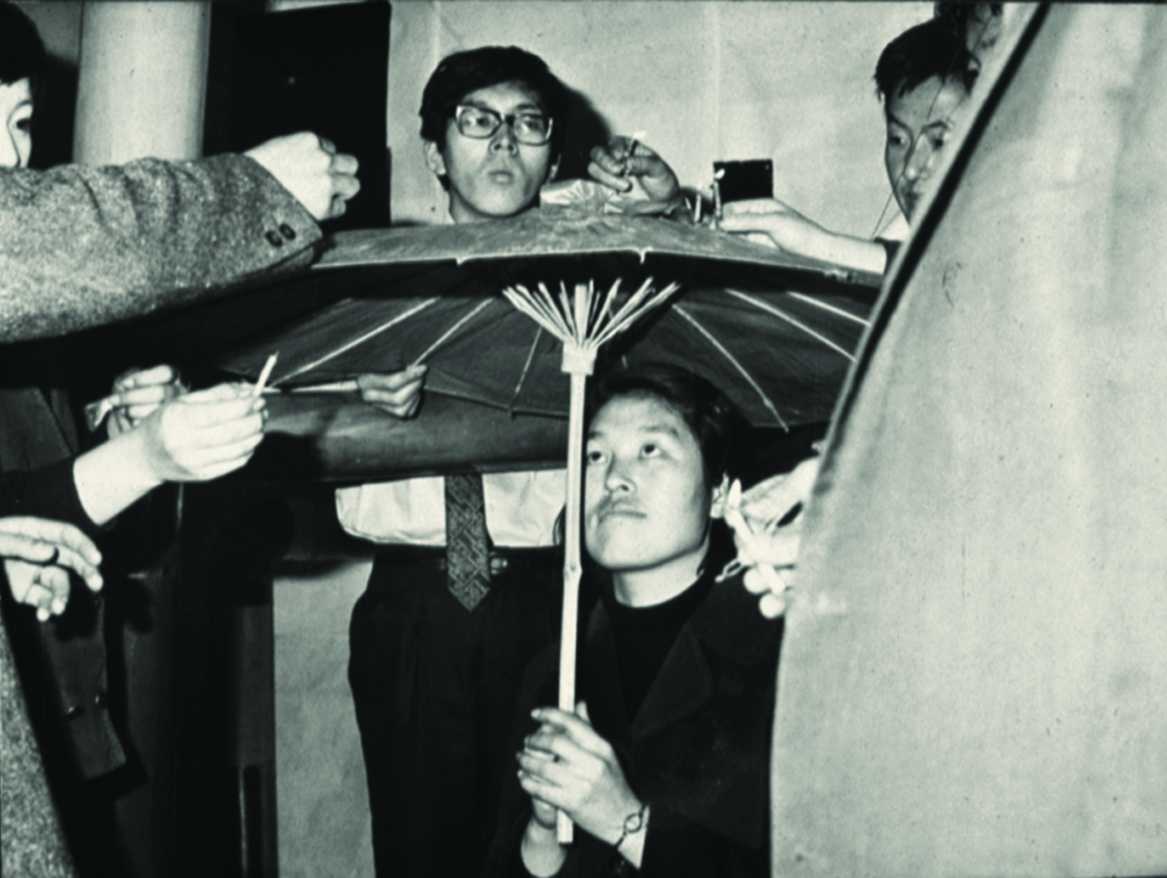
Para Site is delighted to present Great Crescent: Art and Agitation in the 1960s—Japan, South Korea, and Taiwan. A small essay of comparative art history, this exhibition highlights “anti-art” performative tendencies in Japan, South Korea, and Taiwan in the 1960s—a decade of turbulence and transformation worldwide, which was also a critical period in the social and political, as well as cultural and artistic histories of the three neighboring countries. Against the mainstream dominated by modernist abstraction in each country, orientations toward the use of the artist’s body and ephemeral action emerged not only as local manifestations of a broader movement in international postwar art but also as indigenous responses to their respective national contexts. Great Crescent includes many reproductions of documentary images of immaterial, if critical, performances and events, accompanied by textual narratives and printed matters. Artists include: Chang Chao-Tang, Choi Boong-hyun, Chuang Ling, Hi Red Center, Huang Huacheng, Jeong Gang-ja, Kang Guk-jin, Yoko Ono, and Zero Dimension. The exhibition’s staging is developed together with Hong Kong-based artist Leung Chi Wo.
Rather than presenting a comprehensive statement on the topic, this selection of works aims to make a small contribution to the budding research and study on the history of avant-garde performance in East Asia. It intends to show parallels without apparent connections as well as startling resonances between the three artistic scenes, despite a lack of communication and exchange between the countries due to colonial legacy and ideological divides. Taiwan and Korea, annexed by Japan in 1895 and in 1910 respectively, gained independence in 1945 at the conclusion of World War II but soon found themselves in a stand-off with the Communist strongholds of North Korea and People’s Republic of China. It was during the colonial period that both Taiwan and Korea underwent the first stage of modernization under Japanese directives, and the birth of modern art in each location, in large part, took place under Japanese tutelage. After the war, the reconstructions of the three nations were intricately linked to the American presence and interest in the region; after the occupation by American-led allied forces following the defeat in the war, Japan was transformed into a demilitarized, constitutionally pacifist nation, and at the same time the main anchor in the American plan for the containment of communism in Northeast Asia, while South Korea and Taiwan became US’s strategic frontline bases. Linked together, the three nations formed a geopolitical and military bulwark against the Communist expansion in the region—the so-called Great Crescent. Each country’s forced relationship with the US also meant that its art scene was affected, if rather haphazardly and incompletely, by the influx of information on American art as well as European art. Inspired by new experiments in art in the West and critical of the American interference in their countries, younger artists emerging in Japan, South Korea, and Taiwan in the 1960s began exploring the possibilities of using their art to respond directly to the increasingly bureaucratic and conventionalized art scene as well as their realities marked by political instability and restrictions on freedom of expression.
A small group of pioneering art historians and curators has begun to tell the histories of performance and experimental art in Japan, South Korea, and Taiwan. Relying on their important work, the exhibition Great Crescent proposes a transnational and interregional look at this complicated and long-overlooked topic.
Great Crescent: Art and Agitation in the 1960s—Japan, South Korea, and Taiwan is co-organized by Para Site and the curatorial initiative A Future Museum for China, with Lesley Ma.
Para Site Art Space is financially supported by the Springboard Grant under the Arts Capacity Development Funding Scheme of the Government of the Hong Kong Special Administrative Region.
–
The content of this programme does not reflect the views of the Government of the Hong Kong Special Administrative Region.


